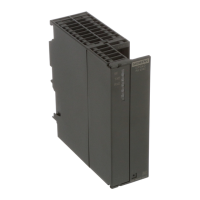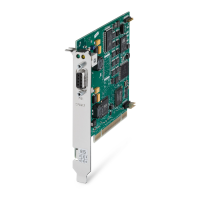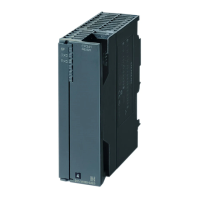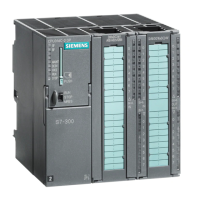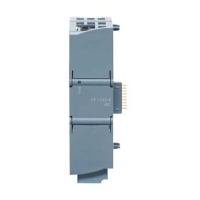Using the Command Interface
96
DP/AS-Interface Link 20E
Release 11/2002
C79000-G8976-C138–04
3.3.15 Get_AS-i_Slave_Status
Purpose
With this call, the status register of the addressed AS-i slave can be read out.
Depending on the type of AS-i slave, the flags of the status register have the
following meaning:
Status
Bit
AS-i slave complying with standard 2.0 AS-i slave complying with standard
2.1
S 0 Address volatile Address/ID code volatile
This flag is set when
S the internal slave routine for permanent storage of the AS-i slave address is
active. This can take up to 15 ms and must not be interrupted by a further
addressing call.
S the AS-i internal slave address comparison recognizes that the stored
address is not the same as the entry in the address register.
S 1 Parity error detected
This flag is set when the AS-i slave has
recognized a parity error in a received
frame since the last “read and delete
status” job.
I/O error detected
An AS-i slave can set this flag
when it has detected and error (for
example wire break) in the attached
I/Os.
S 2 End bit error detected
This flag is set when the AS-i slave has
recognized an end bit error in a frame
since the last “read and delete status” job.
reserved
S 3 Read error in non-volatile memory
This bit is set when the AS-i slave has detected a read error when reading the
non-volatile memory.
Structure of the Job Data in the Send Buffer
Byte Meaning
0 Command number: 0F
H
1 Slave address
Structure of the Response Data in the Receive Buffer
Byte Meaning
Bit 7 Bit 4 Bit 3 Bit 2 Bit 1 Bit 0
0 0 S 3 S 2 S 1 S 0
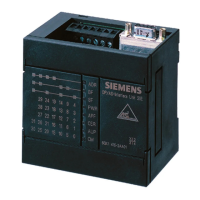
